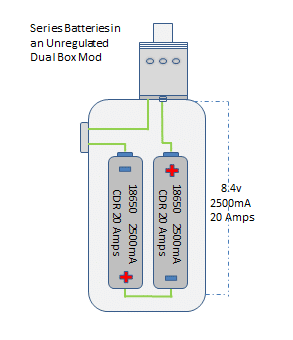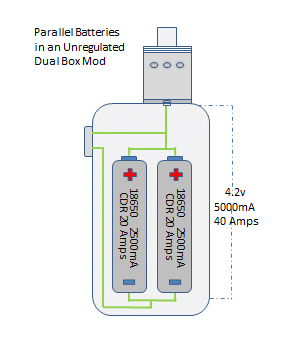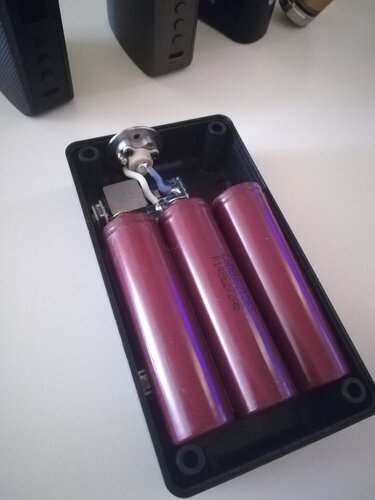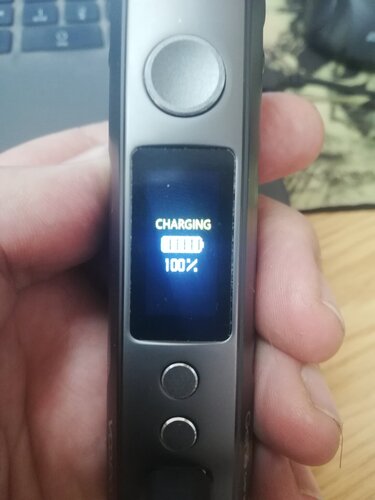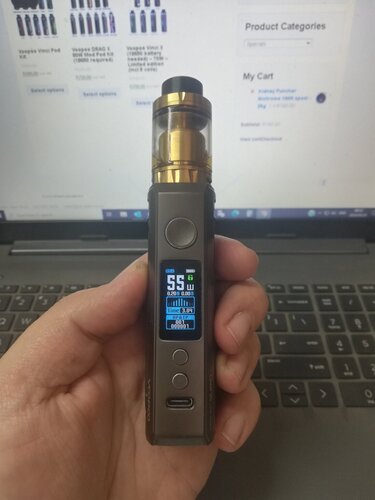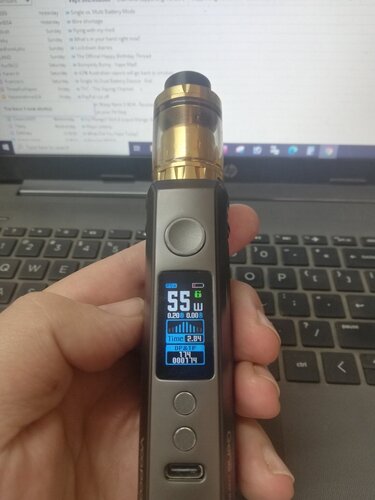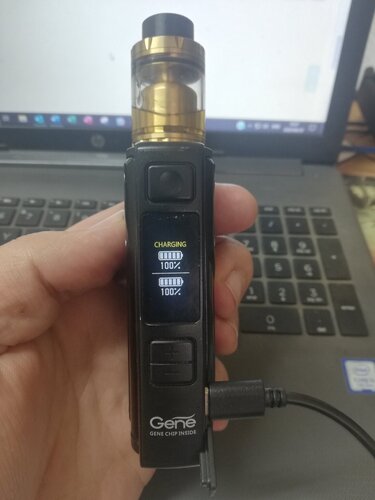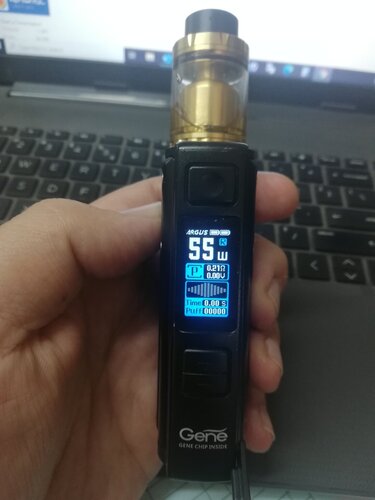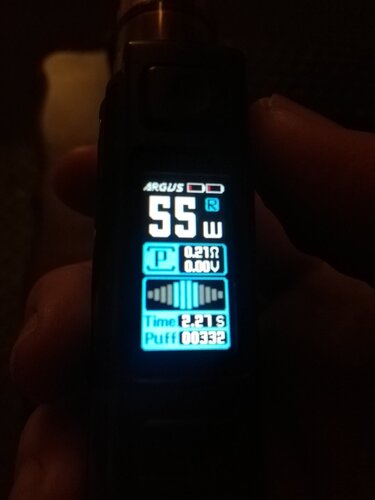In an UNREGULATED mod, the battery life would be the same between a series cell configuration and a single cell configuration and increase with a parallel cell configuration.
In a REGULATED mod, Dual Batteries, whether Parallel or Series, WILL give you more battery life than a single cell mod, WHEN using the same Coil and Power/Wattage on either mod.

In a REGULATED mod, Dual Batteries, whether Parallel or Series, WILL give you more battery life than a single cell mod, WHEN using the same Coil and Power/Wattage on either mod.




